active Saddle technology
Relieves strain on intervertebral discs and sit bones
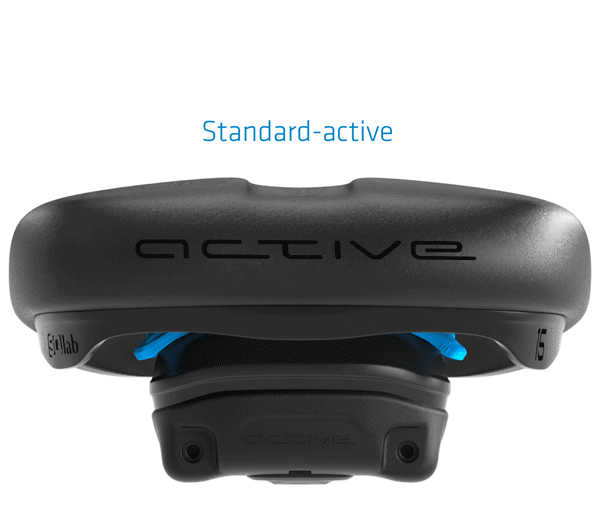
Resulting benefits
By providing for the rocking movement, we allow our musculoskeletal system, which has evolved over millions of years, to perform a physiologically correct pedalling motion. As the pelvis has the freedom to move with the natural pedalling motion, the risk of developing discomfort or pain in the lumbar spine, the pelvis and the hips, is minimised. Pedalling becomes more relaxed and premature fatigue is prevented. The pedalling motion also becomes rounder. This is advantageous, as our skeletal system is not perfectly symmetrical.
The dynamic saddle construction compensates for discrepancies such as leg length differences.
The saddle has a degree of freedom of movement in the horizontal plane. This means the spinal discs can align themselves and will not experience an asymmetrical load. The spinal discs are therefore less exposed to potential injury. Lastly, the possibility of a slightly unstable, dynamic seat allows for continuous change and variation in sitting positions. This is an important factor in preventing damage to spinal discs and facet joints caused by an uneven pressure distribution due to an imbalanced and one-sided sitting position.
" SQlab’s active saddle technology enables a physiologically correct movement of the pelvis. A rounder pedaling motion is achieved which provides for reduced pressure to the lumbar spine and facet joints. This can contribute to less fatigu- ing and prevention of pain in the lumbar spine."
Dr. med. Markus Knöringer
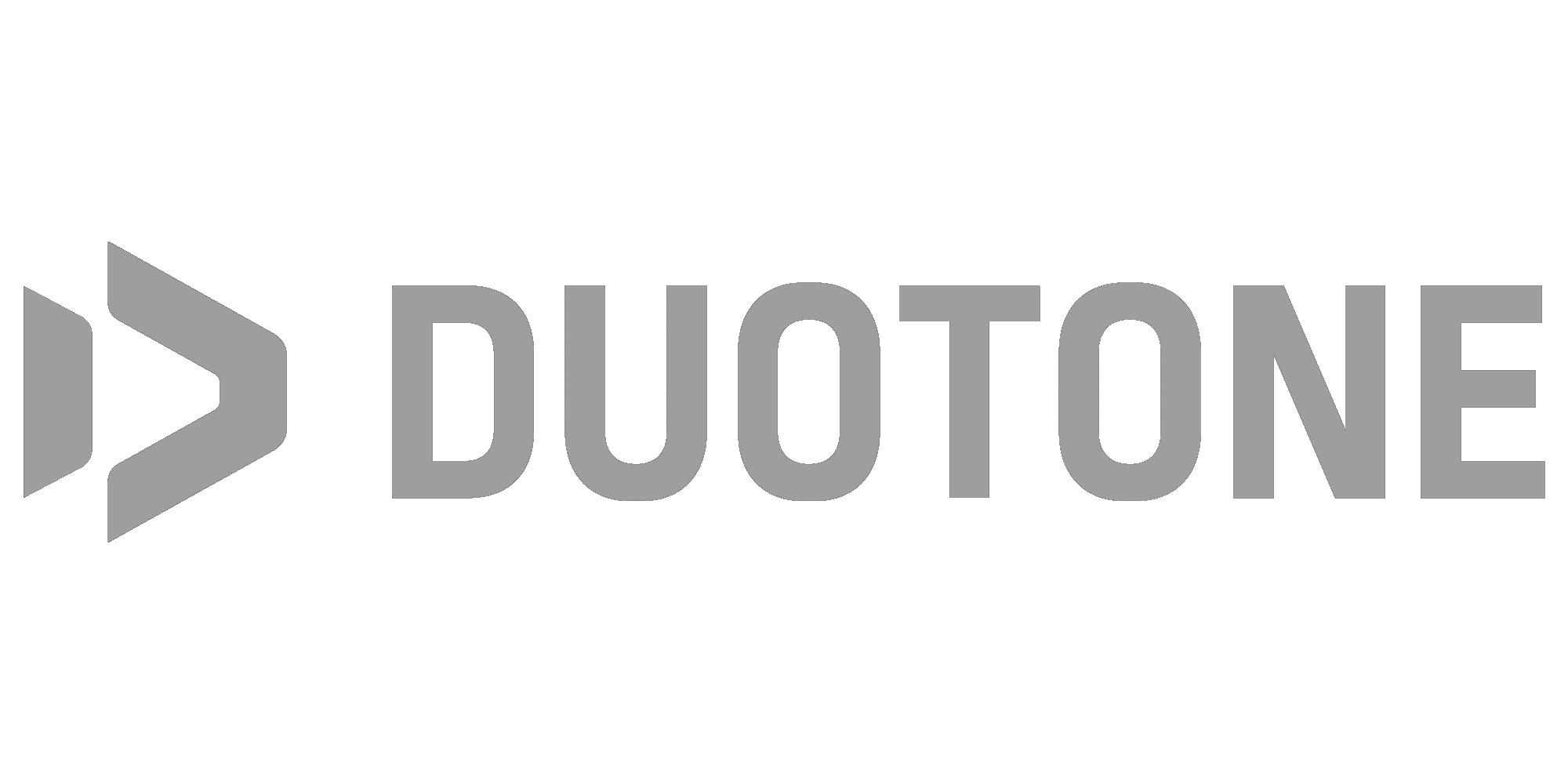
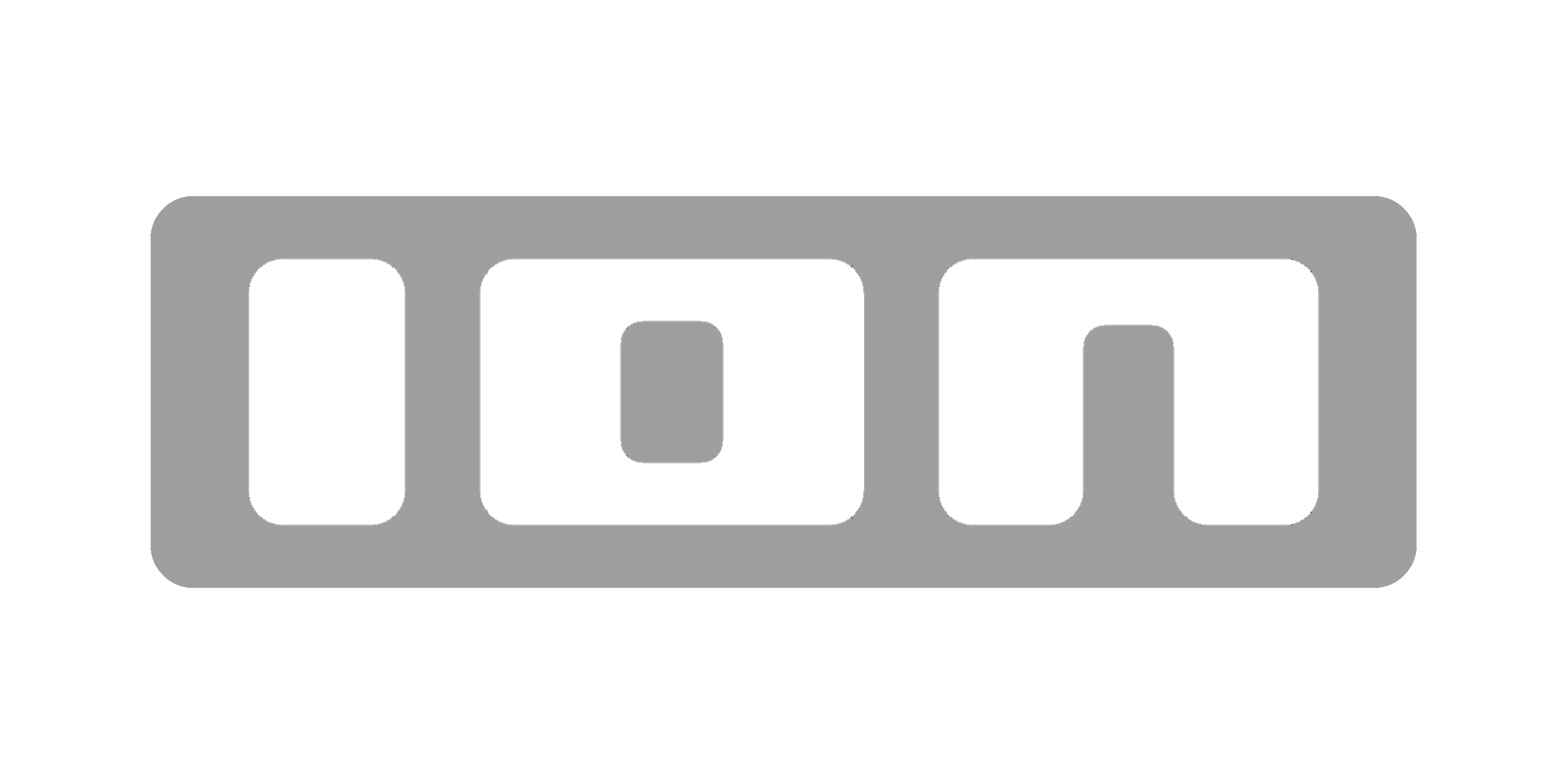
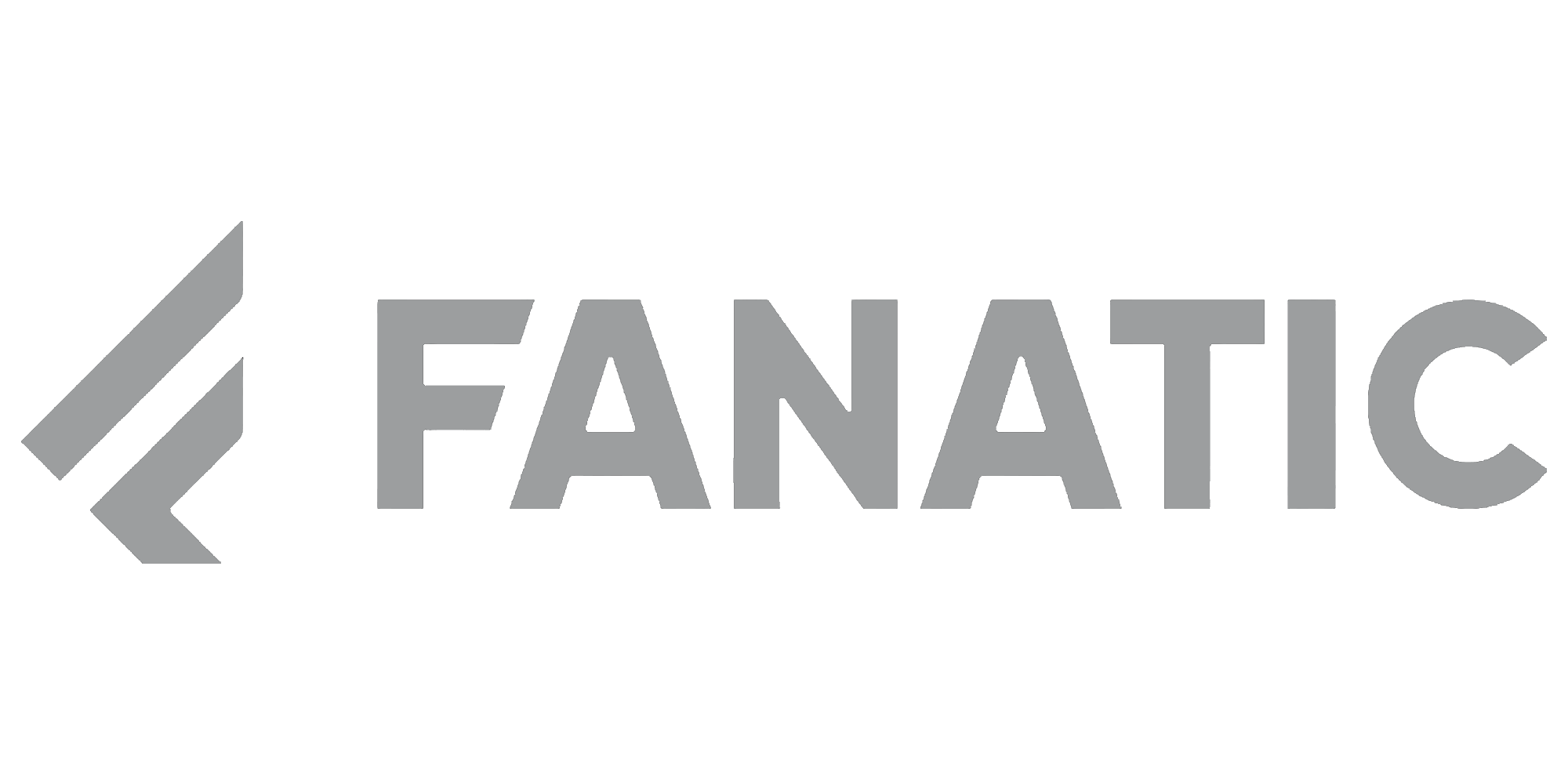


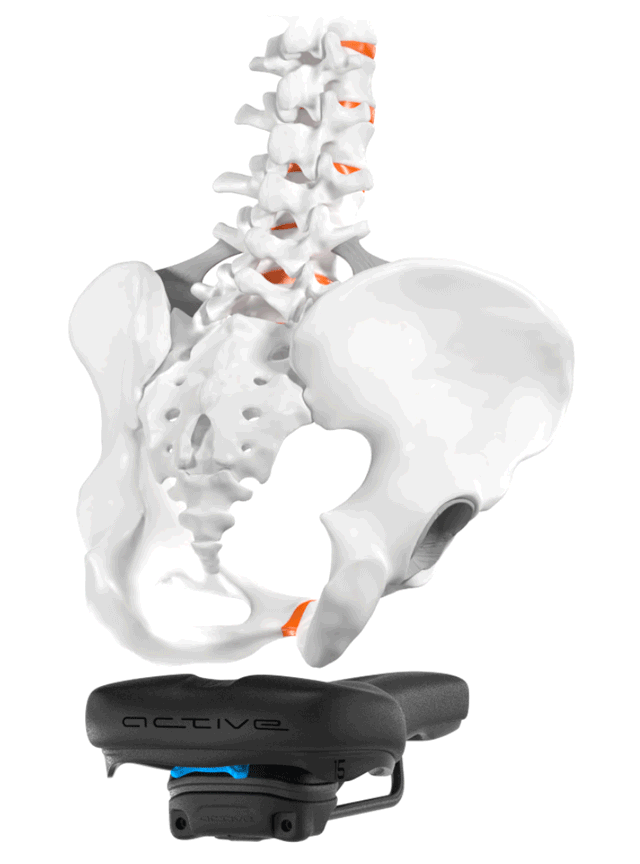
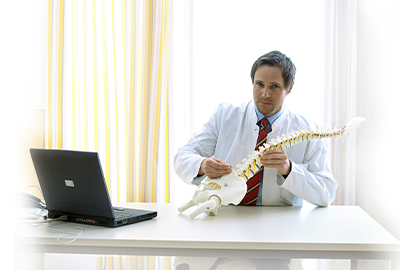

.contact)